The Cupola of Chartered Bank
This British overseas bank has three storey building which garnished by copula, that is a small domed structure on top of its roof, the gallery which garnished by long arcade, and the Doric column which installed in the front facade.
The Marble Plague Inscription
"THE FIRST STONE OF THIS BUILDING WAS LAID ON 27 FEBRUARY 1921 BY JOYCE MURRAY STEWART DAUGHTER OF THE MANAGER OF THE BATAVIA AGENCY OF THE CHARTERED BANK OF INDIA, AUSTRALIAN, AND CHINA"
Broadly, this neo-classical architecture adopted the rationalism and traditionalism in early 20th century. It was the representative office of “Chartered Bank of India, Australia, & China” in Batavia, sited at Kali Besar West No. 1 – 2, on the corner of Gang Malaka and Kali Besar West. The bank's traditional business was in cotton from Bombay, indigo and tea from Calcutta, rice from Burma, sugar from Java, tobacco from Sumatra, hemp from Manila and silk from Yokohama.
THE MAP OF KALI BESAR AND ITS SURROUNDINGS
Blue point indicates the position of this building
“Batavia Military Guide Map”
Published by Survey HQAFNEI in December 1945.
Source: KIT - Netherlands
Courtesy of Hatmanto Sri Nugroho
______________________________________________________________
THE STAINEDGLASS:
J. SABELIS & CO. HAARLEM – NETHERLANDS
J. Sabelis & Co., Paint and Glaseries, Spaarne 73-79 and Gierstraat 60 in Haarlem.
1889-1926
Below, the detail of J. Sabelis’s work.
It describes the plantation activity in Netherlands Indies
with the gesture in European style.
Man Carried Tobacco
Rice Pounding Lady
Sugarcane Worker
Lady with Her Handbag
Rubber Plantation Worker
______________________________________________________________
1853
The Chartered Bank of India, Australia and China was a bank founded in London by James Wilson following the grant of a Royal Charter from Queen Victoria.
[3 June 1805 – 11 August 1860]
Painted by Sir John Wilson Gordon
Source: National Portrait Gallery, London
The bank opened its first branches in Calcutta and Bombay and then Shanghai.
1859
The bank opened a branch in Hong Kong and an agency in Singapore.
1861
The Singapore agency was upgraded to a branch.
1862
The bank was authorized to issue bank notes in Hong Kong,
and printed bank notes in China and Malaya in the following decades.
1863
The Chartered Bank agency was established in Batavia.
1912
The New York branch was established.
1921
New building of representative office in Batavia was opened in Kali Besar West No. 1 – 2, on the corner of Gang Malaka and Kali Besar West with building size of 2,279 m2.
Designed by EHGH Cuypers (1859-1927)
1942-45
The Chartered Bank was affected by Japanese occupation.
1957
Chartered Bank bought the Eastern Bank together with the Ionian Bank's Cyprus Branches. This established a presence in the Gulf.
1964
The Indonesia government nationalized Chartered Bank’s operations in Indonesia and merged them into Bank Umum Negara (BUNEG).
1965
The Indonesia government brought BUN into the Bank Negara Indonesia (BNI) group,
renaming it Bank Negara Indonesia Unit IV (BNI IV).
1968
The Indonesian government again reorganized some banks. BNI IV became an independent bank with the name Bank Bumi Daya (BBD).
1969
Chartered Bank merged with the Standard Bank of British South Africa
(founded by John Paterson in 1862) and became the Standard Chartered Bank.
1999
The restructuring agenda for the banking sector
on the subject of financial and banking crisis,
the government merged four state ownership banks: Bank Bumi Daya (BBD), Bank Dagang Negara (BDN), Bank Ekspor Impor (Exim), and Bank Pembangunan Indonesia (Bapindo). The new bank was established: Bank Mandiri.
______________________________________________________________
THE ARCHITECTURE INSIGHT
The Chartered Bank in Batavia was designed by Amsterdam architect,
Eduard Gerard Hendrik Hubert Cuypers
(Roermond, 18th of April 1859 - Den Haag, 1st of June 1927)
Rationalism tendencies with maximum economy in the use of land and in construction; the attention to the specific characteristics of different materials (wood, iron, glass, metals, etc.), the idea that artistic form derives from a previously defined method or problem, leading to the correspondence between form and function, and constant use of new technologies.
Whereas the Traditionalism was a reaction against the Functionalism and the Expressionism of the Amsterdam School, and returning spirit to rural and national architectural styles and traditions, with tidy brickwork, minimal decoration.
TERMINATED THE CHARTERED BANK
Soekarno’s thought about “NeoKoLim” (Neo-Colonialism, Colonialism, and Imperealism) torched and fueled the Indonesian’s confrontation to Malaysia in 1964. It applied that the British overseas enterprises in Indonesia would be nationalized as well to eliminate the influence of the neo-colonialism. Indonesian supposed that The British and its colony (Malaysia) was the agent of neo-colonialism, hence they had to be wiped out, without any exception.
THE STANDART CHARTERED BANK TODAY
The office building of Chartered Bank in Batavia told us about history of Standard Chartered Bank today. In the beginning, the bank opened the representative in Batavia since 1863. Present day, it has 14 branches in 7 largest cities in Indonesia; Jakarta, Surabaya, Bandung, Semarang, Medan, Surakarta and Denpasar. Hoewever, the heritage office building in Kali Besar was property as Indonesian state ownership bank since 1964.
REFERENCES
By Cor Passchier
“Het Indische Bouwen”
Architectuur en stedebouw in Indonesie
Seminar of Change and Heritge in Indonesian Cities, 1988

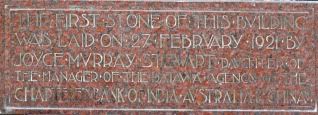
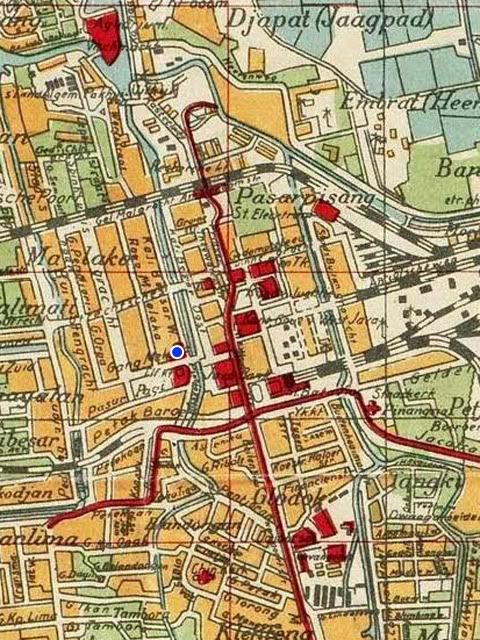





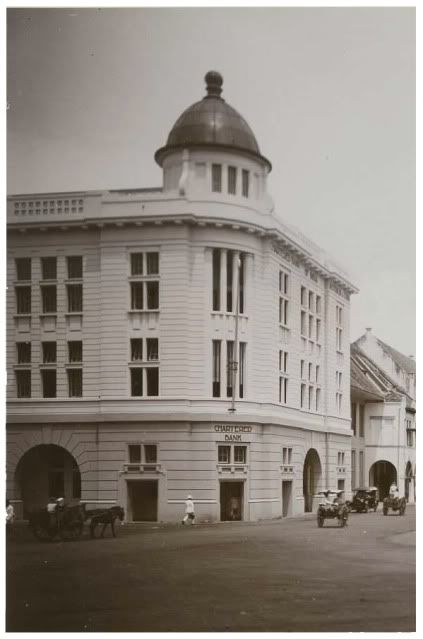
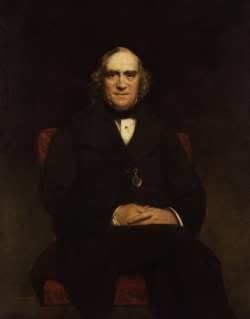
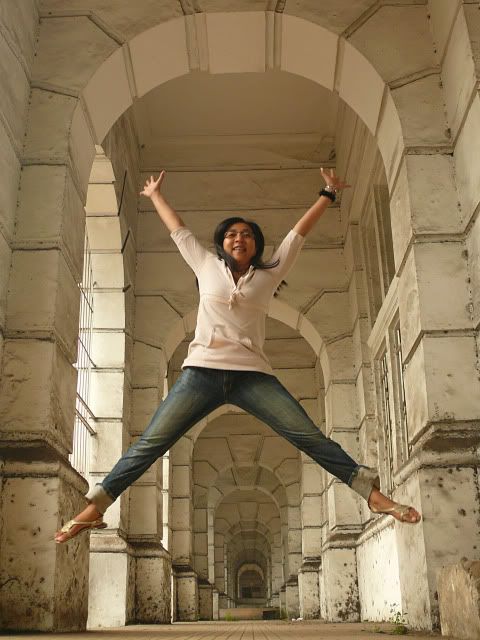
I regret this ...
ReplyDeletebangunannya masih digunakan?
ReplyDeleteThe history told us...
ReplyDeleteSekarang milik bank mandiri, namun sudah tidak digunakan sebagai kantor.
ReplyDeletemodelnya baru ya mas :D
ReplyDeleteKok yang diliatin modelnya sih mas?
ReplyDeleteModel memang baru first performance, tapi stok lama kok mas :p
yg teridentifikasi cm foto yg itu mas, yg laen belom kenal lokasi dan modelnya :p
ReplyDeletenderek langkung nggeh mas :D
Sepertinya di kehidupan sebelumnya panjenengan sudah pernah bertemu mbak model itu ya hehehe...
ReplyDeleteKita tunggu saja di angkringan mas, bentar lagi mbak model itu juga komen di sini :p
oh dah berubah ya, ga demen pecel turi pajimatan imogiri lg?
ReplyDeletehehehehe
kabuuuuuuuuuurrrrrrrrr ach sblh dipentungin mbak model :D
btw detail datanya komplit bgt mas, salute, sayang saya ga jago boso londo, jd capet2 ngertinya hehehe ga ada rencana buat translate ke indo biar brayat banyak yg masih bodo kaya saya ini bs tau juga ttg tempat2 bersejarah di bumi nusantara ini
salam teh jahe dan gedang goreng
wah mas ini pasti kolektor barang antik ya? :D
ReplyDeletemakanya belajar biar pinter :PPP
ReplyDeleteseperti apa rupanya ?
ReplyDeletembak merasa jadi barang antik ya? :D
ReplyDeleteHmm aku gak tau banyak siy, tapi buah Indigo itu seperti ini lho Youf...
ReplyDeleteIndigo segar sebelum dipetik
Indigo yang siap diolah
Indigo itu semacam buah berry, tumbuh subur di pegunungan Xing'an (Mongolia). Jadi memang bukan barang dagangan asal Indonesia. Buah indigo ngga hanya bisa nurunin tekanan darah tinggi, dan naikin leukosit, tapi juga punya fungsi menyembuhkan apocleisis (kurang nafsu makan).
ow, thanks infonya.. selama ini taunya Indigo itu cuma campuran warna, mungkin juga karena warna buahnya itu disebut buah indigo ya..
ReplyDeletemy pleasure...
ReplyDeleteiyah warna buahnya memang warna2 spektrum elektromagnetik...violet ke biru2an...
setau gw indigo cm PH nya infotainment :p
ReplyDeleteHmm ini saya tujukan untuk semua orang mas...jadi wacana untuk semua orang dibelahan bumi manapun...
ReplyDeleteSumber2 tulisan berbahasa Indonesia sudah banyak, saya mengisi sisanya saja...
Ssst..mas jangan gitu donk, ...malu-maluin wong Jogja saja :D
ReplyDeletewah saya ga pernah malu mengaku wong bodo dr jogja kok, terlalu berat kl menyebut orang pinter tp ga bs membagi ke byk orng :p
ReplyDeletewaaaaa...gedung tua ada penampakan :-D
ReplyDeleteKenapa perusahaan Inggris pesan kaca patri di Belanda, tidak di Inggris sendiri?
ReplyDeletehaha... melayang-layang yaa.. ngga nyentuh tanah lagi :D
ReplyDeleteItu pertanyaan masih berputar-putar di kepala saya sejak kemarin...
ReplyDeleteMungkinkah Haarlem pernah menjadi kota pengrajin kaca patri, sehingga Inggris memesan kaca patri tersebut di Belanda?
Bisa jadi perusahaan Inggris ini terkesan dengan kecantikan kaca-kaca patri yang menghiasi beberapa bank di Batavia (NHM, NIH, Javasche Bank).
Bagaimana menurut mas Pri?
^___^ bagus banget yoan.., cantik kaca kacanya
ReplyDeletegalery keren
( nunggu yoan di medan)
Wah belum ada rencana ke Medan lagi dil...
ReplyDeleteSemoga plantation house-nya belum pada diancurin ya hehehe
cross the finger... ^__^ hopefully im still here for a while
ReplyDeleteDokomentasikan dulu ajah... Tanjung Morawa dah kelar khan?
ReplyDeleteAwesome information! I just want you to know that this blog really gonna help me to broaden my knowledge about post. Thanks a lot for being a part of broadening it.
ReplyDeleteshares